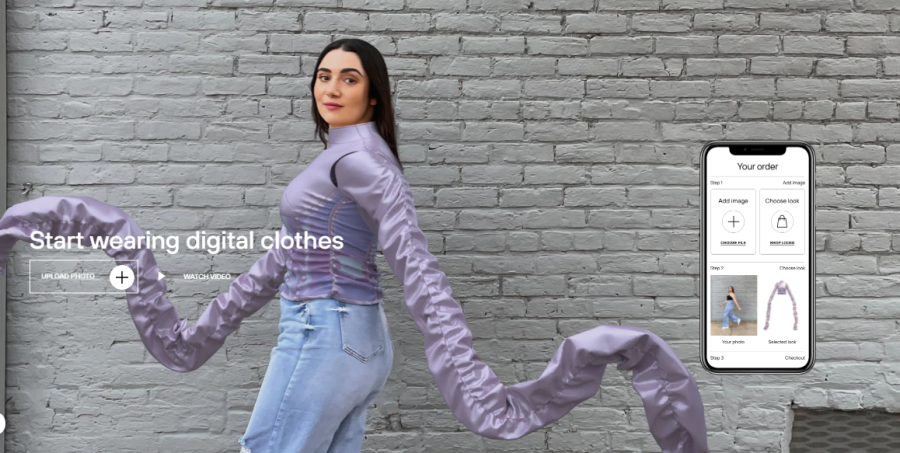DressX: Fake Clothes at Real Prices
December 7, 2021
Okay, the title may seem a little harsh, but for most of us, clothes are expensive. Now imagine paying money for clothes to be photoshopped onto photos you took yourself, at the price of a real piece of clothing. DressX does exactly that. Advertised as the future of sustainable fashion, DressX is the newest addition to the digital art and NFT craze that has taken over the internet over the past few months. With NFTs (the buying and selling of ownership of unique digital items like art or music), selling for exorbitant prices-such as Beeple’s digital collage selling for the insane price of $69 million- it is no surprise that people are actually willing to pay for clothes that they will never physically own.

DressX’s slogan is “Don’t shop less, shop digital fashion.” The focus of DressX is to provide a sustainable alternative to fast fashion: digital fashion. Despite not being a true alternative to real clothing, it is effective in preventing waste. I mean, how much more sustainable can you get than something that only exists digitally? It is true that fast fashion is a significant problem for the environment- with 39,000 tons of clothing from all over the world ending up in Atacama- a desert in Chile that has become a dumping ground for fast fashion waste- each year. But are non-existent, over-priced clothes really the solution to this problem? After all, thrift stores solve the same issue, at lower prices, with physical clothing.

Some argue that the benefit of DressX is that it allows people to “wear” outfits once without returning or throwing them away after, causing waste. While this is true for social media influencers and other content creators, the majority of people buy clothing to be worn multiple times. Even people who support brands known for their cheap clothing, like Shein and Forever 21, usually buy clothing with the intention of wearing it in their everyday lives at least a few times. Unfortunately, this isn’t the case with DressX. Customers purchase an outfit, choose a photo of themselves that they like, and then receive a photoshopped image of them wearing the clothing about 1-2 days later via email. DressX is marketed to the everyday consumer as a great way for them to change up their style on their social media, but at the prices they charge, this assumption is less than reasonable.
The cheapest items on the site are $25. They are digital t-shirts with “prints” of famous pieces of art and are currently on sale for $21.00, at the time of this article’s publication.
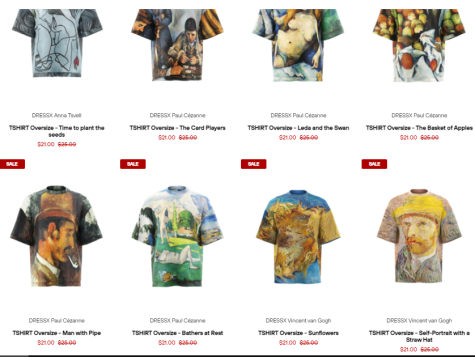
If the target demographic of these items are consumers of fast fashion, a $25 digital shirt seems a bit pricey, especially since physical graphic tees-which can be worn many times-can be purchased from Forever 21 for less than $20, not including sales (which happen almost all year round).
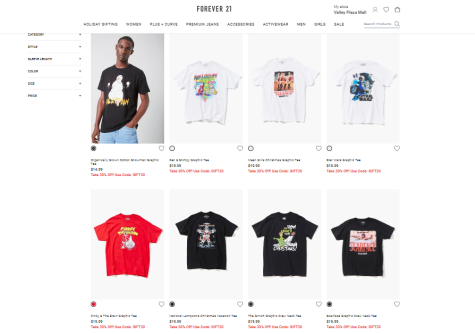
While it’s true that you can support up-and-coming designers through DressX-and you are not contributing to the waste of the fast fashion industry-these t-shirts beg the question: is pasting someone else’s art on a digital t-shirt really all that special?
DressX expands beyond t-shirts, though. They have many different costume-like designs which can cost upwards of $1400. Keep in mind, none of these actually exist, and you are paying for them to be photoshopped onto pictures you take of yourself.
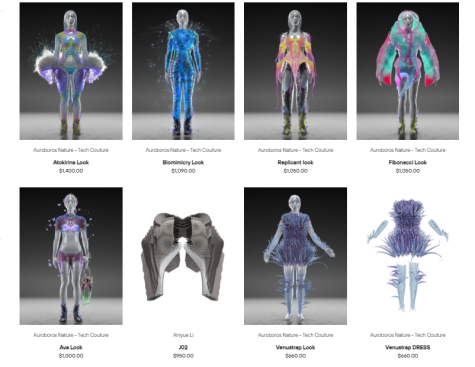
Maybe I’m just cheap, but if I’m paying thousands of dollars for a design, I want the real thing. I’d rather buy myself a car at that price.

Additionally, DressX definitely has its fair share of bizarre designs:
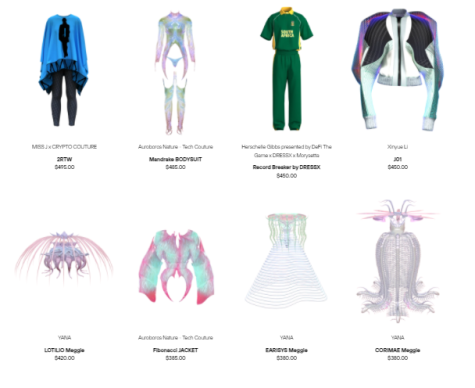
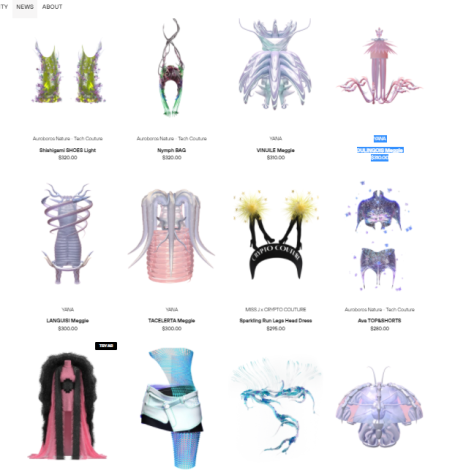
DressX is not the future of sustainable fashion-at least for the majority. For the few wealthy social media influencers that make up their market, this may seem like a reasonable option, but for the rest of us, the price and lack of physical clothing outweigh the benefit of preventing fast fashion waste. As for me, I’ll continue going on thrift store adventures and visiting TJMaxx and Ross. (Both of which help prevent clothing from ending up in landfills- and you actually get to wear the clothes!)
